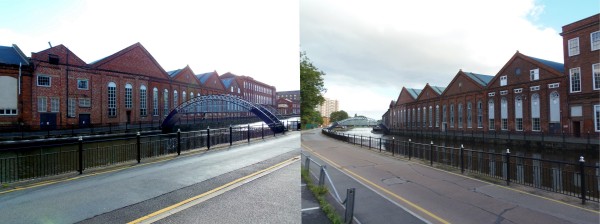 |
| John Hutchinson |
 |
| Charles Brandon, 1st Duke of Norfolk |
St Katherines Priory was a religious house of the Gilbertine Order, it stood on a site west of St Catherines, south of Sincil Drain and north of Hamilton Road. William Griffith, the last prior, surrendered the priory in 1535 to an agent of King Henry VIII. The property, and most of the monastic lands of Lincolnshire, was granted to Henry’s former brother in law,
The stone from the priory was used to build, St Katherine’s Hall, a grand Elizabethan house. The house became the property of Sir Thomas Grantham, member of Parliament for Lincoln from 1604 to 1629, on the death of his father Vincent when Thomas was still a minor. The Grantham family had been prominent in Lincoln since the early 1400s and made their fortune as wool merchants.
In 1603 King James I stayed at St Katherine’s Hall on his journey to London, during his stay he knighted Thomas.
Some years later John Hutchinson, a pupil of Lincoln Grammar School at Greyfriars, lived at the Hall as a guest of Sir Thomas. Hutchinson was more interested in military matters than academic subjects and later became a colonel on the parliamentarian side. During the Civil War Hutchinson was governor of Nottingham castle and refused on three occasions to surrender it to his Royalist Opponents.
Hutchinson was one of the 39 signatories of the death warrant of James I’s son, Charles I.
In October 1663 Hutchinson was arrested on suspicion of being concerned in what was known as the Farnley Wood Plot. Hutchinson was to be transported to the Isle Man, but instead was sent to Sandown Castle in Kent in May 1664, he died of a fever there on 11 September 1664, aged 49.
He was buried at St Margaret's Church, Owthorpe, Nottinghamshire.




